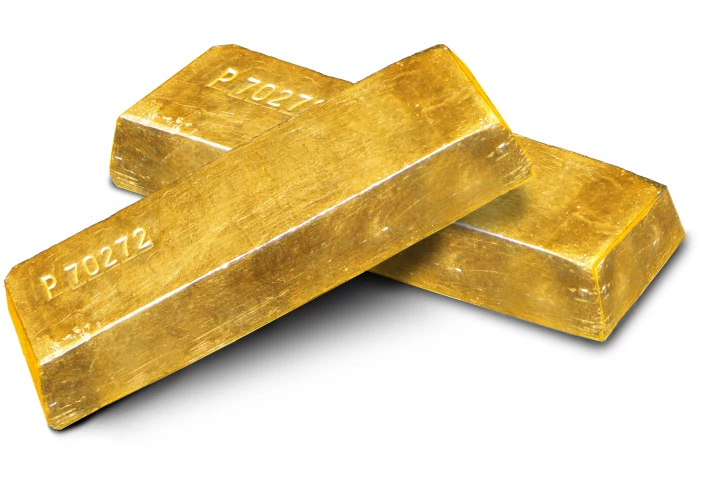The earliest evidence of the invention of the wheel pops up around 5,500 years ago in Uruk, ancient Mesopotamia, which has to go down as the most innovative society in human history. These guys, best we can tell, invented everything from cities, to maps, to sails, proverbs, aquariums, moral ideals and messiahs.
They came up with pivotal ideas like writing, mathematics and the concept of 24-hour time – incidentally, I'm part-way through a multi-part story on the invention of time, which should be a fantastic read if I ever invent enough time to finish it. You can blame ancient Sumerians for jobs, schools, love songs and the idea of legal precedents. They got an awful lot done.
Indeed, the current understanding is that they invented the wheel as a stepping stone to another invention – mass produced ceramics. That would make the world's first wheel a pottery wheel.
Either way, the wheel is pretty much the definition of a successful invention. Not that this stops people from trying to reinvent them, and I've long been a sucker for a good "reinventing the wheel" story. As early as 2005, we wrote about Michelin's airless "Tweel" concept. We've seen folding wheels, eccentric air suspension wheels, wheels that can drive in any direction, cube-shaped helical wheels that were supposed to make skateboards faster, dynamic width-adjusting wheels for all terrains, and a personal favorite of mine: swappable all-in-one EV wheels that contain everything from the motor, to the transmission, suspension, brakes and steering systems.
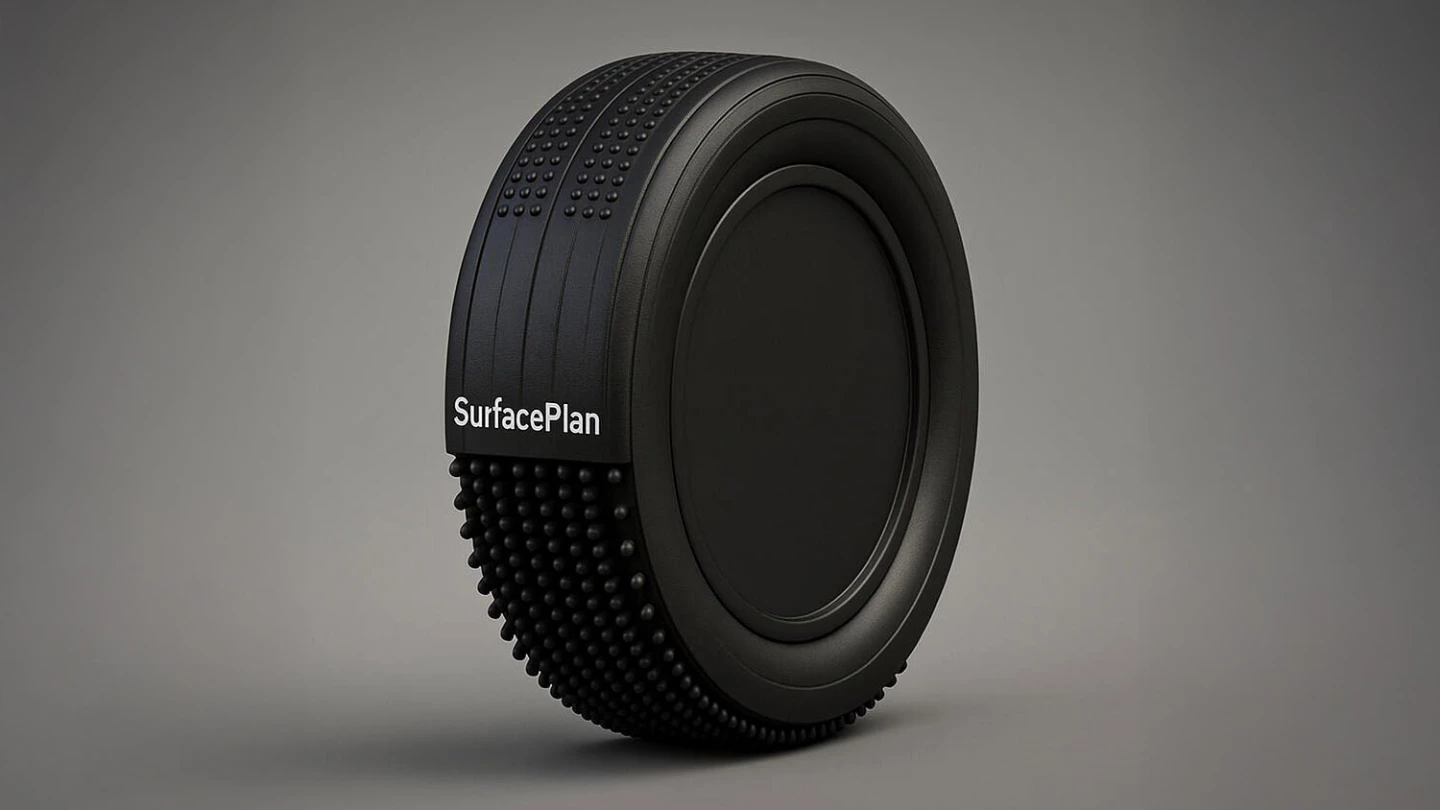
Can't say we've seen this idea before, though!
Denver-based inventor David Henson emailed us some details on his "SurfacePlan" wheel concept, which is designed to replace vehicle drivetrains in a way that directly applies force to the road.
"Why move a piston to move a shaft to move a gear to turn a wheel," quoth Henson in a press release, "when you can apply the thrust exactly where it's needed?"
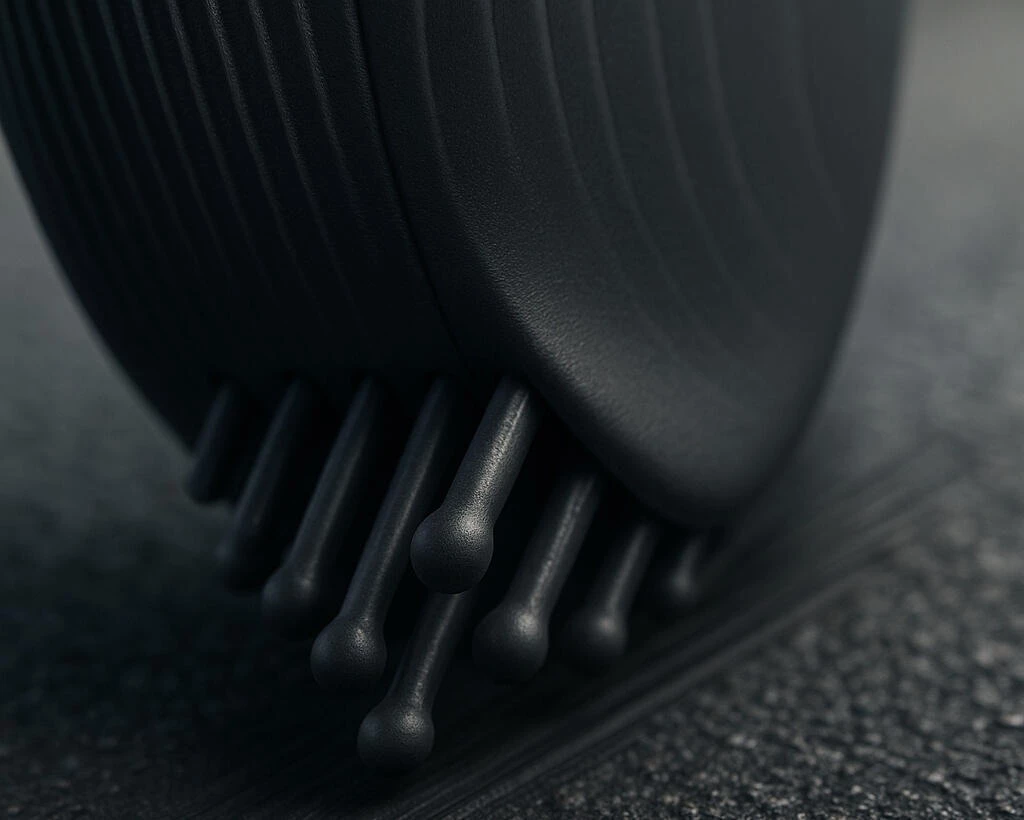
Henson's SurfacePlan design replaces wheel spokes with piston-like linear actuators – lots of them, with rubber tips that appear to poke through the perimeter of the tire wall. These actuators could be electrically, hydraulically or pneumatically driven, he argues, and they'd effectively extend behind the wheel to push the vehicle forward.
Henson claims this provisionally patented, AI-controlled poke-to-drive system opens up a new world of "fewer moving parts, programmable tire treads, lighter vehicles, improved traction and fundamentally new ways to control motion." He says it could reduce vehicle weight by as much as 50-75%, and he's got ideas around durability, power delivery and high-speed stability enhancement.
Now look, I'm nobody's excuse for an engineer, but I can see a few reasons for concern here.
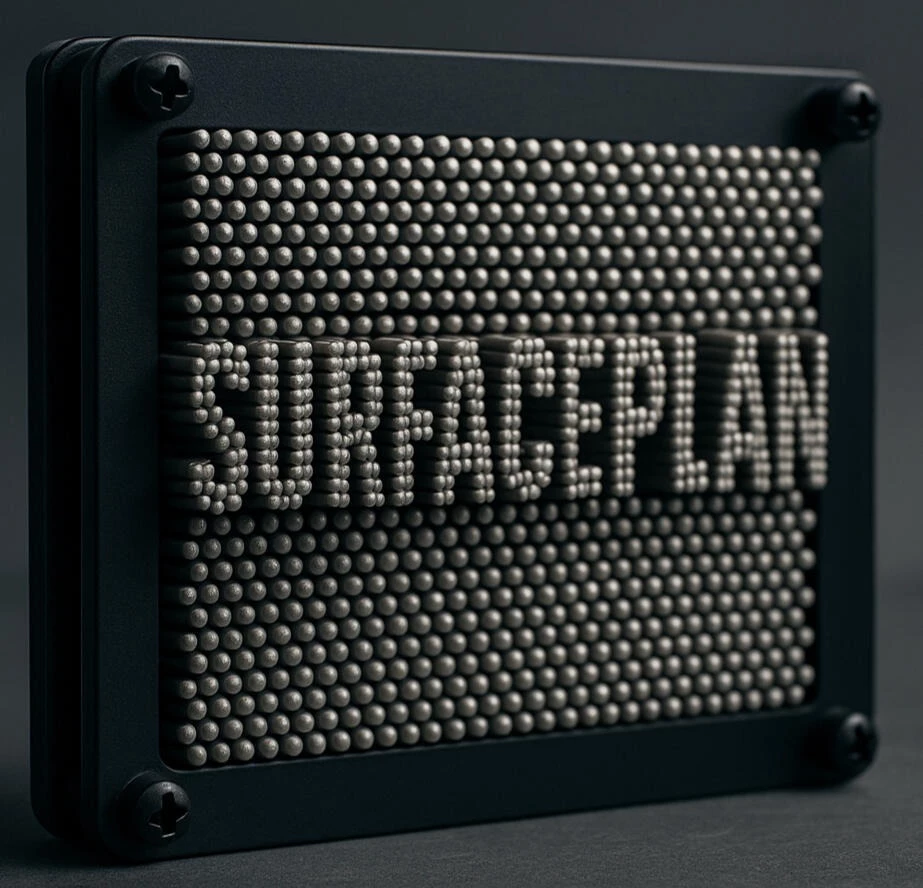
For starters, the pushrods aren't delivering torque to the wheel in an axial direction, they're delivering linear force diagonally downward. So there's a forward push, but there's also a vertical lift component that could lift the tire off the ground a bit and actually reduce traction.
Then there's seals, assuming these rods will extend through a rubber tire surface that gets covered in all kinds of mud, liquid and grit on a daily basis. And failure modes ... She's gonna be a bumpy ride if one of those pushrods gets bent and can't retract.
Not to mention actuation... This is going to need to deliver a lot of power, which needs to come from somewhere. Electric linear actuators might do the job, but they'll add up if there's 50-100 of them in a single wheel. Pneumatics or hydraulics ... Maybe, but hardly a long-life solution, and you'd be getting rid of the car's engine only to replace it with a big ol' compressor/pump system and a tangle of hoses.
Then there's unsprung weight ... And wheel complexity ... And replacement cost ... And how the systems involved would hold up under high-speed centrifugal forces.
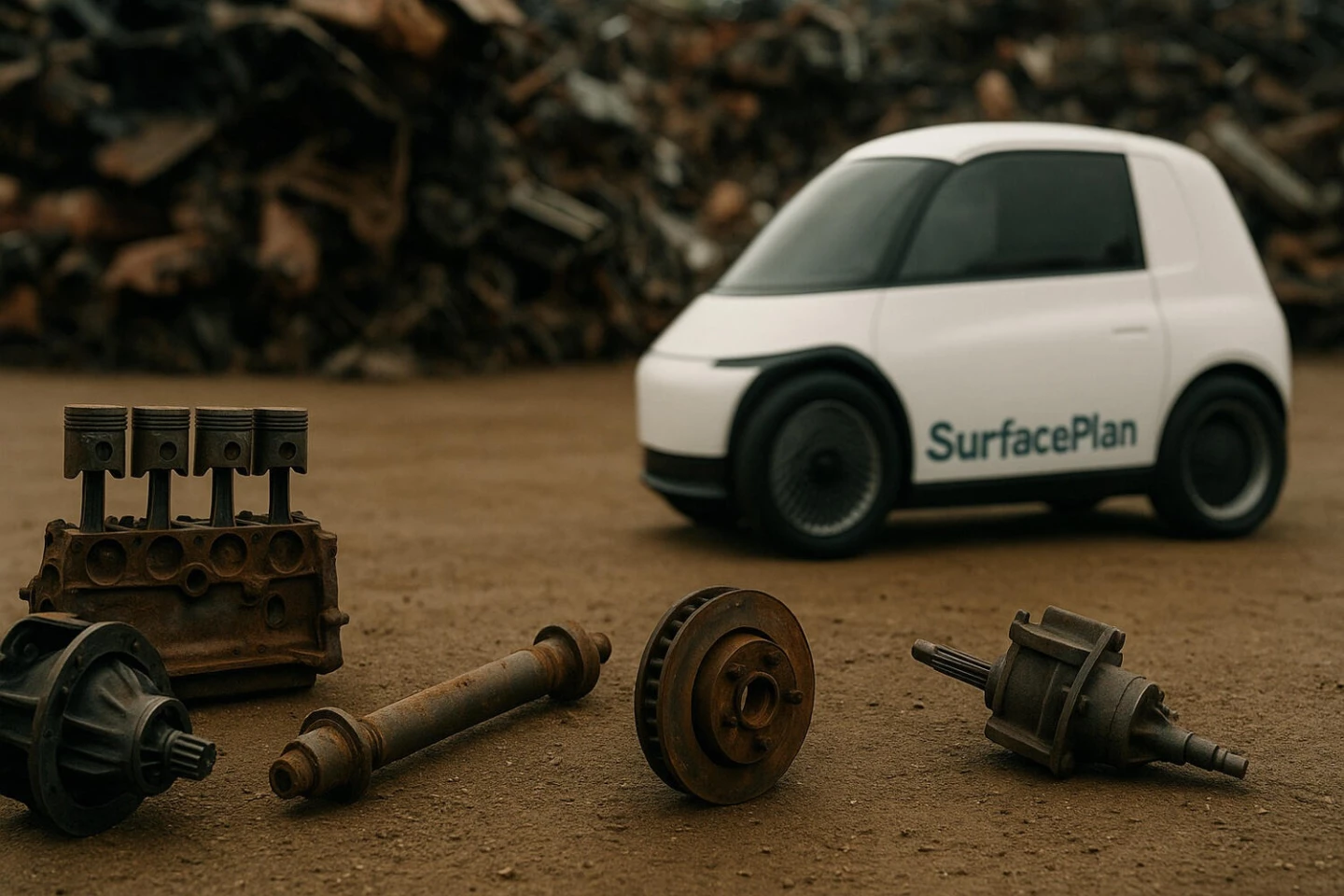
And there's also the existence of the electric hub motor, which also puts the whole drive train in the wheel, but delivers torque in a very reliable and well-understood way. I'm sure our highly knowledgable reader base will have all kinds of other thoughts about this design, and I'm looking forward to a robust discussion in the comments!
None of which is to say there won't be use cases for Henson's direct-push wheel design. Who knows where it might prove useful once prototyped and subjected to some testing.
But it's not at that stage yet. It's an idea and a design and a patent and a bunch of (rather AI-assisted-looking) images, and Henson's hoping it's a compelling enough idea that somebody will see it, find the perfect application for it, and help him develop and commercialize it. It's mainly inspiration, in need of some perspiration at this point.
As such, he's firing up a Wefunder crowd investment program and getting the idea out there through innovation-focused boffins like us. And while I can't see the gold in them thar hills from where I'm sitting, I sure do love a good big swing out toward left field. Henson's SurfacePlan wheel is nothing if not that, and we'll be fascinated to see if it gets any traction ... Hyuk hyuk.
Source: SurfacePlan








